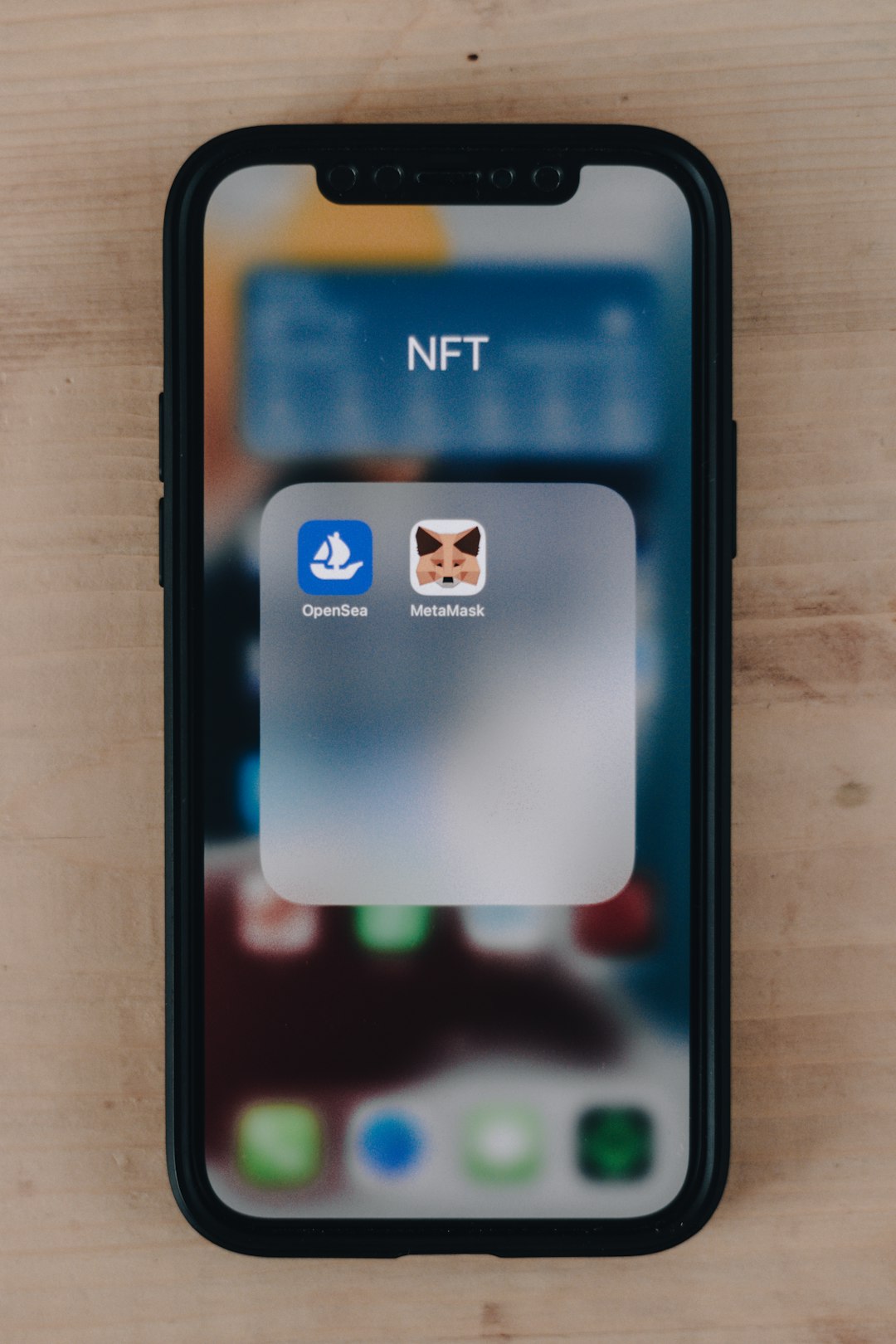In 2025, the PR and media landscape continues to evolve at lightning speed. With the eventual decline of Help A Reporter Out (HARO) as the go-to platform for journalist-source connections, many marketing professionals, PR specialists, and entrepreneurs are now looking for effective alternatives. Whether you’re new to media outreach or a seasoned pro, understanding where and how to pitch is crucial for winning valuable media placements and backlinks.
Why HARO Is Losing Ground
Once revered as the gold standard for connecting journalists with expert sources, HARO has faced criticism in recent years. The service grew cluttered with low-quality requests, spam, and slow functionalities. Additionally, its acquisition by larger corporations spurred changes that didn’t sit well with longtime users. As a result, professionals began seeking more reliable and efficient alternatives to meet their PR goals.
Top HARO Alternatives to Watch in 2025
In the digital age, the number of platforms catering to journalist-source connections has proliferated. Below are some of the top-performing HARO alternatives in 2025 and how you can make the most of them:
1. Qwoted
Qwoted has established itself as a major player in media outreach. It hosts a curated ecosystem where journalists and sources can connect on specific topics in real time.
- Pros: Media requests are vetted, ensuring quality.
- Platform Strength: Faster communication features, customizable profile settings.
- Best For: Finance, legal, healthcare, and tech professionals looking for targeted exposure.
2. Connectively
Connectively is a revamped and smarter iteration of HARO, offering a cleaner UI and seamless collaboration tool for sources and reporters alike.
- Pros: Easier search filters and better algorithmic matching.
- User Interface: Modern and more intuitive than HARO ever was.
- Best For: Anyone looking to diversify PR efforts in varied niches.
3. Terkel
Terkel flips the traditional concept of media pitching by having users contribute answers to topics directly, which Terkel then syndicates to media partners.
- Pros: Less need for pitching; more focus on thought leadership.
- Scalability: Great for building a library of brand mentions over time.
- Best For: Small businesses, founders, and digital marketers.
4. Help a B2B Writer
This community-based platform caters to content marketers and B2B professionals. It’s a great outlet for those looking to be featured in blogs, whitepapers, and case studies.
- Pros: Highly focused on B2B and marketing topics.
- Community Feel: Strong networking potential with writers and editors.
- Best For: Marketing consultants, SaaS companies, and thought leaders.
5. PressPlugs
UK-based but now serving an international audience, PressPlugs gives daily media requests to paying subscribers in sectors including business, lifestyle, and education.
- Pros: A stable platform with affordable pricing.
- Global Expansion: Now connecting with reporters in the US and Europe alike.
- Best For: PR professionals looking to monitor daily journalist needs.

How to Make the Most of These Platforms
Simply signing up to these platforms isn’t enough. To get published and build media credentials, you need a solid strategy. Here are a few best practices:
1. Create a Memorable Expert Profile
Journalists want to know who you are and why your insight matters. A good profile includes:
- A professional headshot
- A short but impactful bio highlighting relevant credentials
- Links to previous press mentions or published work
2. Respond Quickly
Time is everything in the newsroom. Often, the first responders who provide value-packed, concise answers are the ones chosen. Set up alerts so you never miss a good opportunity.
3. Niche Down
It’s tempting to reply to every query remotely related to your field—but resist that urge. Focus your efforts on areas where you can provide unique expertise. This improves your chances of getting featured.
4. Provide Actionable, Quote-Ready Responses
Reporters love sources who make their job easier. That means structured, direct answers that are easy to copy and paste into an article. Avoid being generic. Include data, anecdotes, or actionable insights in your pitch.
Where Else to Pitch: Beyond Platforms
While HARO-like tools make media outreach easier, nothing beats building your own media contact list. In 2025, journalists are open to being approached—if it’s done the right way.
1. Twitter & LinkedIn
Many reporters and editors continue to hang out on these social platforms. You can follow them, engage with their content, and reach out with personalized, value-driven DMs.
2. Industry Forums & Online Communities
Communities on Reddit, Slack workspaces, and niche forums remain goldmines for PR if you’re willing to dig. Look for subreddits and groups where journalists post requests or network with sources.
3. Local Journals and Trade Magazines
Local publications often look for regional experts and offer less competitive real estate. Even better, trade publications can lead to highly targeted brand mentions within your vertical.

Building Relationships for Long-Term Benefits
Media success is about forming real relationships, not just one-off placements. Here’s how to stay top-of-mind with journalists:
- Send a thank-you message after being quoted.
- Follow up with additional resources they might find useful.
- Share their stories on social media and tag them for visibility.
Email Pitching That Works in 2025
If you’re taking the manual route and reaching out directly, your email game needs to be strong. Use this basic structure for success:
Subject: Quick Idea for Your Story on [Topic]
Body:
- 1st sentence: Say who you are and why you’re a relevant source.
- 2nd paragraph: Share your unique angle or data point.
- 3rd paragraph: Offer a brief quote and invite them to reply for more.
Keep your message under 150 words. Always include a short bio, any relevant credentials, and a link to a professional website or LinkedIn profile.
Conclusion: It’s a New Age for Media Outreach
The death of HARO doesn’t signal the end of journalist engagement—it marks the beginning of a smarter, more strategic era for media outreach. Whether you’re signing up for the latest pitching platform or contacting reporters organically, success in 2025 requires authenticity, relevance, and consistency.
By exploring HARO alternatives and mastering how to pitch on each platform, you can unlock new audiences, build credibility, and gain the media coverage your brand truly deserves.



